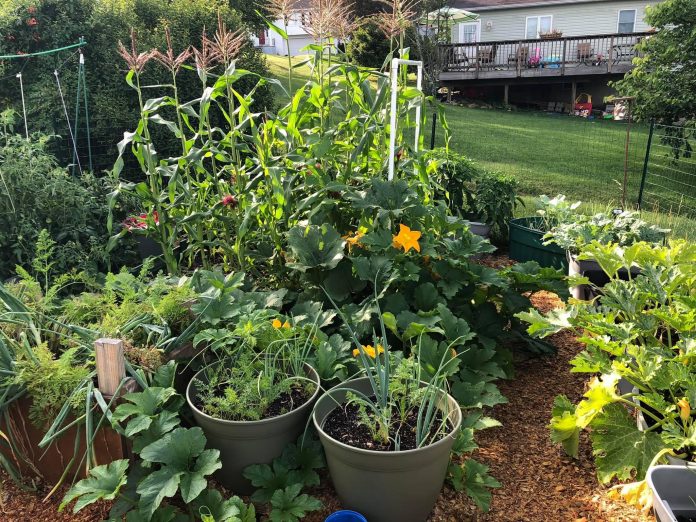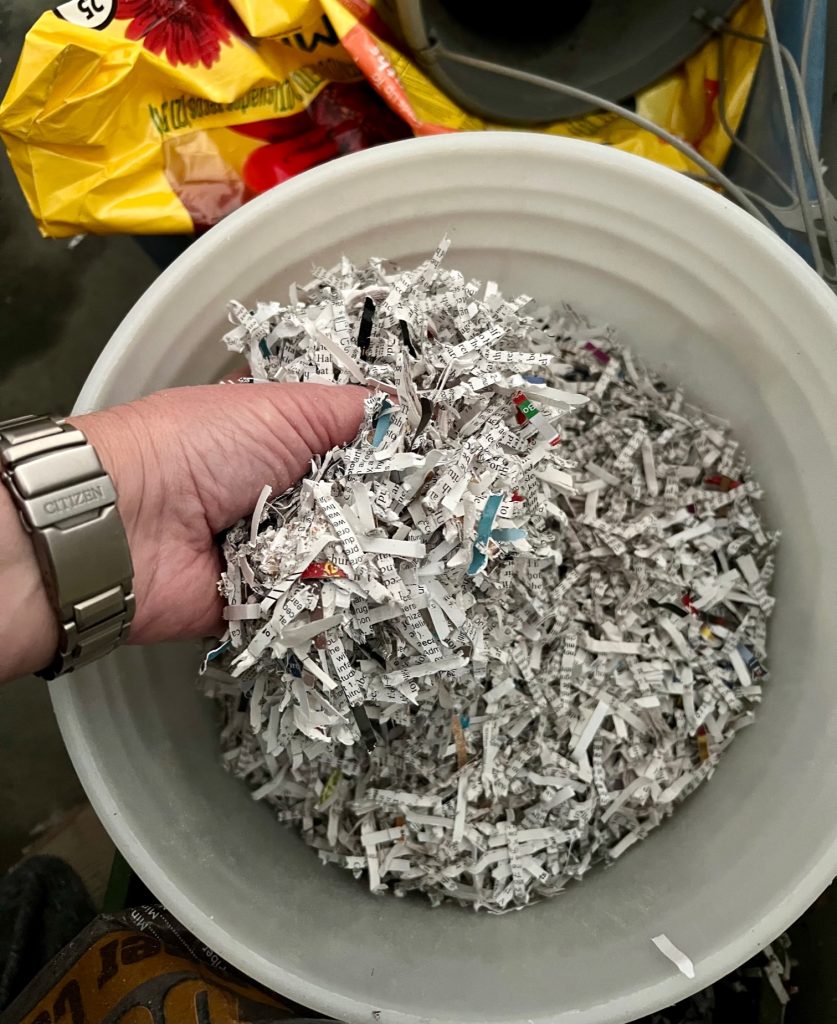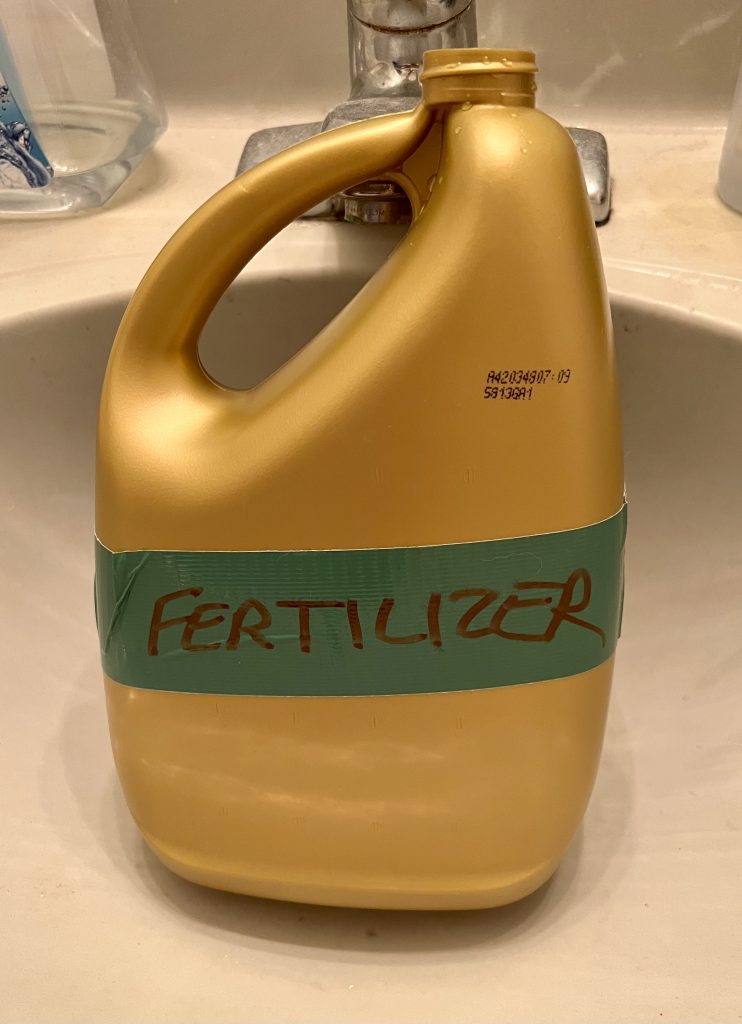
In case you are planning on growing a survival/pandemic/inflation garden this year (and I hope you are), you should be aware of the rapid rise in the costs of fertilizer on a global scale.
Apparently the US has previously imported a lot of our commercial fertilizer, “but Russia”. That will hopefully change soon in favor of more domestic production. But, like domestic energy production, these things take time to ramp up.
While all this may not seem like a big deal to you personally, be assured that what is a big deal to farmers and food producers will eventually impact you too. When fertilizer costs double, food prices go up as well. So not only is there general economic inflation going on, combined with skyrocketing fuel prices, food prices will continue to experience upward pressures of their own related to the availability and cost of nitrogen fertilizers for the foreseeable future. So once again I am beating the “grow your own” drum.
In case you don’t have livestock to provide you with manure fertilizer for your survival garden, here are a few tips for increasing soil fertility without having to rely upon expensive commercial fertilizer.
“Other” Animal Manure
While many of us don’t keep our own chickens or goats in the backyard due to zoning and HOA restrictions, and while cat/dog manure is NOT safe to use on food crops, some us do keep animals as pets which can provide safe manure. Some of those pet manures are rabbit, guinea pig, hamster, and gerbil. Being in the rodent family and thus omnivorous to herbivorous, these mammals produce poop which is pelletized and not so high in nitrogen as to “burn” plants when applied to the garden. It can be applied directly, without being composted first to age it, but some people prefer to compost it anyway, given that it is so mixed up with bedding when it is discarded. If it seems you are pouring money into little pets for your kids and all you get out of it is poop, you might as well put that to use in feeding your veggies and thus your family.
Behind manure, compost is at the top of the heap when it comes to increasing soil fertility for free. Using kitchen scraps, lawn clippings, and shredded bills/junk mail costs nothing. It’s stuff you would have thrown away (and paid your garbage service to remove, so technically this actually saves you money) The only thing it costs is time.
Microbes don’t do their magic overnight, so this is something that needs to be planned for long term. There are a variety of different ways to compost, including using worms – called vermicomposting. You can go cheap and just have a pile in the back of the garden, or you can go for pricey tumblers or other commercial schemes. You will have to decide which method suits your needs and your space. There are good resources for composting all over the internet, but I’ve included a couple to get you started.

Urine
Human urine is another free resource that most people overlook and/or the “ick” factor keeps them away. The reality is that absent some serious infection or heavy duty medication use, urine is sterile when it leaves the body (except for normal skin bacteria it may pick up on the way out) and completely safe to use on your food crops. It is a great collection of water, electrolytes/minerals, and nitrogen in the form of urea – all things that plants need for good growth. Urine is usually used in diluted form and for obvious reasons should not be used immediately before picking produce. You can use urine to jump start your compost as well. I’ve included a couple internet resources for this as well, but there are many more out there. Don’t flush away this valuable source of garden fertility.

Dave’s Fetid Swamp Water
Dave’s recipe for compost tea is another great and free source of fertilizer which I had not heard about until this year. It uses waste plants, weeds, etc from your garden and yard, but doesn’t take as long as traditional composting. It’s basically composting in water – letting stuff rot right in a covered bucket or barrel, while extracting nutrients from weeds and garden waste. You end up with a stinky “compost tea” which can then be diluted and used on your crops throughout the season. Did mention this was free? I’ve included a link to the page. I’m definitely giving this a whirl this season. I think I’ll try it in an old cat litter bucket, since it already has a lid.
A time honored method for restoring soil fertility is crop rotation. While this is a long term approach and is not something your can just sprinkle on mid-season to boost your tomatoes, it is a worthy contender in your long term survival garden plans. If you have a smallish garden space like I do, then you need to be especially careful not to exhaust your soil by planting the same thing in the same space over and over. Not only does this deplete nutrients, it also encourages plant specific pests. This is another good reason to keep a garden journal so you can keep track of what went where year to year.
This year I am planting snap peas in the tubs where my tomatoes were last year. Peas, like other legumes are nitrogen fixers which take nitrogen from the air and return it to the soil via nodes on their roots. If you leave the roots in the soil when the crop is finished, you’ve left some new nitrogen for next year’s crops. Then since peas are a spring crop, I’m planning to succession crop with dwarf corn in those containers after the peas are done. In addition to the peas, I’m planting lentils where last year’s peppers were. Are you confused yet? See? This is why I need a garden journal.
“Green manures”/cover crops
Large scale farmers often use “cover crops” in the off season to protect the soil from erosion and to add back some nutrients. These are also often called “green manure”. Nitrogen fixers like clover and alfalfa are planted after a crop like corn has been harvested. It is allowed to grow over the winter and then it is plowed back into the soil in the spring without being harvested, in order to return nutrients to the soil. Other cover crops include buckwheat, oats, hairy vetch, and rye.
There are backyard gardeners who are slowly adopting this approach even with small plots. Open/bare soil is vulnerable soil, so current research says to keep it covered and “occupied” with something even in the winter/off season. I’m looking into that for this fall.
Go Forth and Grow
Now that I’ve overloaded you with fertility ideas, it’s time to do your own planning and see what strategies will be a good fit for you. It seems like a lot of work, but if you do all this carefully and thoughtfully you can get very good yields out of very small spaces all while maintaining and enriching your soil in the process. And because you won’t be buying commercial fertilizer and you will be eating your own produce, your wallet won’t be screaming either.



